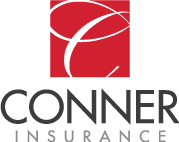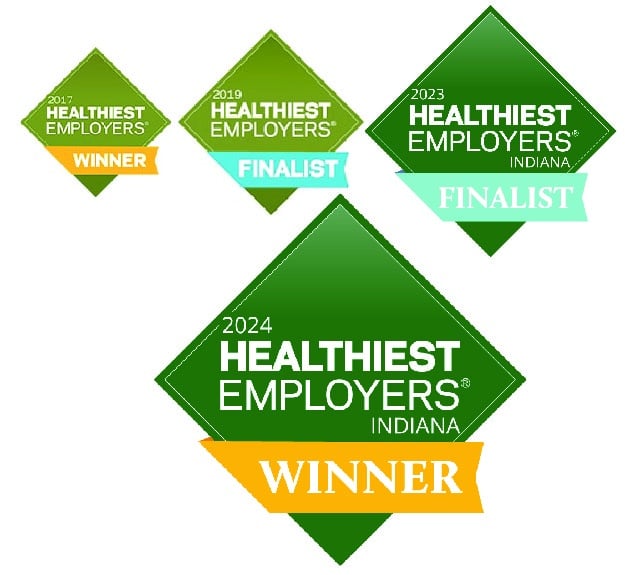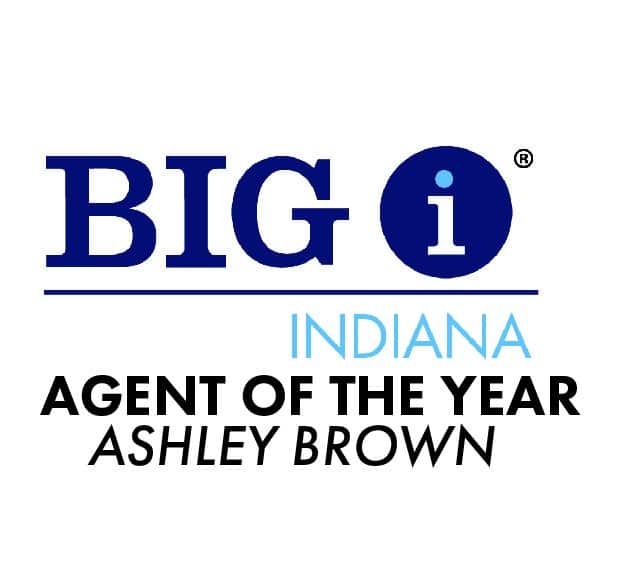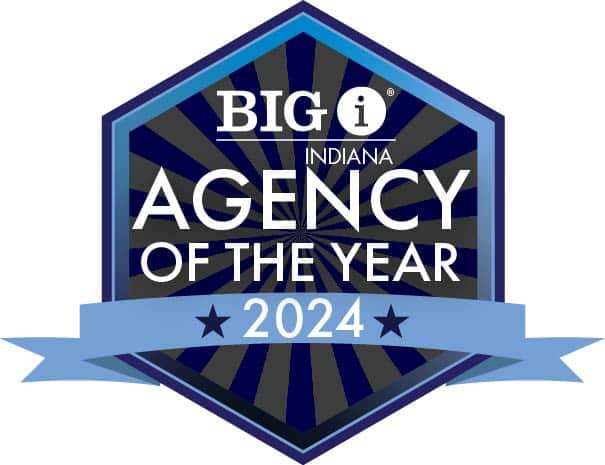Growth and Change — Is Your Benefits Program in Compliance?

Growth and Change — Is Your Benefits Program in Compliance? As an employer and top leader in your industry, your time is likely focused on growing your company and making necessary changes. And while success is hard to quantify, determination and hard work often pay off. The same is true of your employee benefits program.
Once renewals have concluded, it can be easy to move on to other business needs, placing your benefits program on autopilot, with occasional pre-set employee education or awareness emails. But, similar to an overall business growth strategy, a self-regulating approach could be risky.
Within your employee benefits are many rules and regulations that must be monitored for compliance and change. For example, a group health plan with more than 50 lives enrolled is required by the Mental Health Parity and Addiction Act (MHPAEA) to ensure mental health benefits are not more difficult to access and utilize than medical or surgical care. While this law does not have a due date to submit by, it must be maintained and reported. Large penalties do exist — about $100 per individual per day — for non-compliance.
This can be especially important to note as mental health support has become increasingly important to employees. A recent Lyra survey of benefit leaders shows that “94% of respondents say offering mental health benefits is ‘very important’ to prospective employees — nearly triple the rate of benefits leaders who said this a year earlier (36%).” Without monitoring your benefits program, it could quickly become out of date or worse, out of compliance.
Remain relevant and stay informed.
Keeping your program fresh and up to date is important to help stay relevant to today's workforce and to ensure regulations are being followed and compliance is maintained. If you haven’t spoken to your consultant since open enrollment closed, reach out today to discuss your plan in detail.
Benefit laws such as ERISA, HIPAA, COBRA, ACA, and more may apply to your benefits program. Failure to comply with rules and regulations could result in high fines or penalties. Whether a company has 100 employees or 10,000, each must consider the reporting requirements and compliance obligations that apply to them.
IRS reporting - avoid high fines and penalties.
Managing benefits compliance and adhering to federal laws can be complicated. A small error or missed paperwork could create serious consequences. Now is the time to begin discussions with your consultant or advisor about which reports to file and who will file them. To help, here is a list of some — not all — forms and reports you should be aware of:
- Form 5500. As part of the Employee Retirement Income Security Act (ERISA), Form 5500 needs to be submitted by employers who have over 100 participants in any benefits plan.
- Due date: Due on the last day of the 7th month after the plan year ends. Usually on or before July 31st.
- RxDC. The Prescription Drug Data Collection is a reporting process required by the Consolidated Appropriations Act (CAA). Insurance carriers and self-insured businesses need to submit information about prescription drug spending, medical cost spending, premiums and cost-sharing.
- Due date: June 1st.
- PCORI. These fees fund the Patient-Centered Outcomes Research Institute trust fund and are paid to the IRS by health insurance companies or employers. They were created as part of the Affordable Care Act (ACA). Self-funded groups are responsible for the payment. For fully insured plans, the insured carrier may take care of the payment. If you are uncertain who takes care of the fees for your company, reach out to your consultant today.
- Due date: July 31st.
- Wrap Documents. Wrap documents can make filing easier. For groups with multiple policies, a wrap document can provide information required by ERISA by “wrapping” itself around the insurance policy creating one legal document.
Compliance is an ongoing and essential process. Avoid fines and penalties by monitoring your employee benefits program and submitting applicable forms and reports on time. If you aren’t sure which forms are necessary for your company, reach out to your consultant today. Navigating employee benefits can be challenging, but you shouldn’t have to do it alone.
Reach out today to discuss your benefits program.
Avoid putting your benefits program on autopilot. Maintain compliance and ensure your benefits program stays current and competitive. If you have questions or want to discuss your benefits program, let’s chat.












